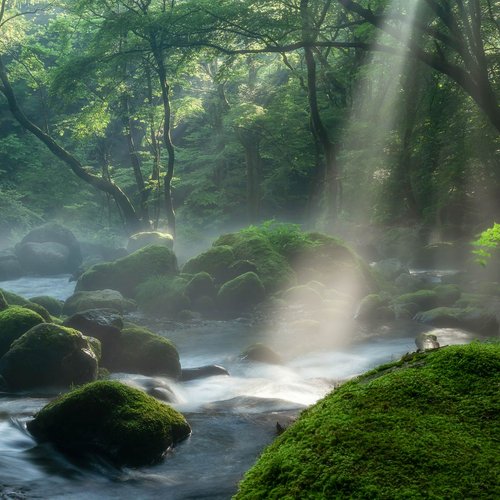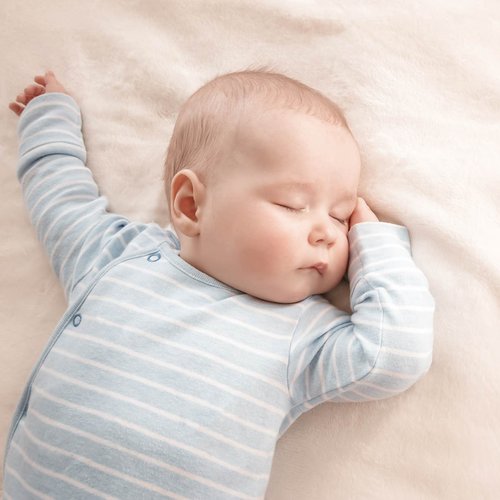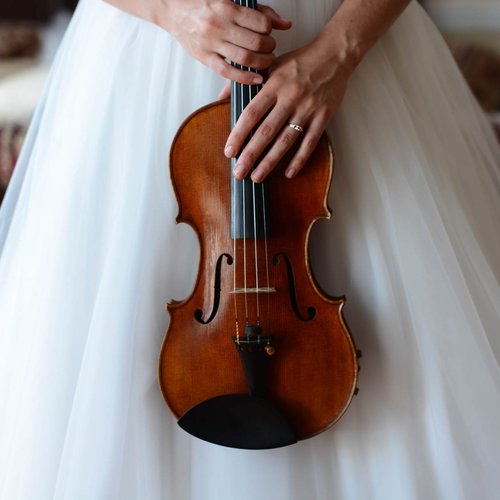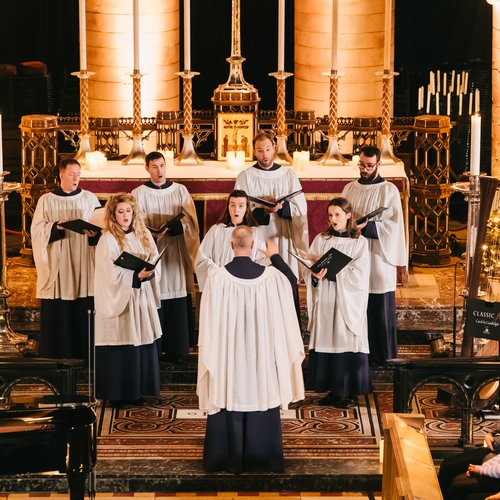What are the origins of ‘Jack and Jill’, and what do the lyrics mean?
27 August 2021, 11:41 | Updated: 30 November 2023, 21:41

We take a tumble down history to discover the origins, intriguing meaning and full lyrics of the traditional rhyme.
‘Jack and Jill’ is an 18th-century English nursery rhyme.
It tells of a boy named Jack and, in the most recent version, a girl named Jill on a hill-traversing trip to collect water. Disaster strikes, and Jack falls down and “bumps his crown.” Jill doesn’t fare particularly well either.
Luckily for Jack, his home is equipped with brown paper and vinegar that fixes all.
Who wrote this up-and-down tale of hope? And where did it come from? Watch your step and join us as we explore the traditional song.
Read more: What is the story behind ‘The Grand Old Duke of York’, and what are the song’s origins?

Jack And Jill Went Up The Hill with Lyrics | LIV Kids Nursery Rhymes and Songs | HD
What are the origins of ‘Jack & Jill’?
‘Jack and Jill’ is an English nursery rhyme from the 18th century. It was thought to have been first published in London around 1765, although some of the archaic language and rhymes – namely rhyming ‘water’ with ‘after’ – suggest it could be from the previous century.
It was published in John Newbery’s Mother Goose’s Melody, and marked as a reprint.
The melody used most often is an 1870 version by composer and nursery rhyme collector James William Elliott, published in National Nursery Rhymes and Nursery Songs.
Before that, in 1777, an earlier version was published as a round by the English composer and historian Charles Burney, but it largely fell out of use.
The first stanza is most commonly heard, although new verses have been added over time (see below).
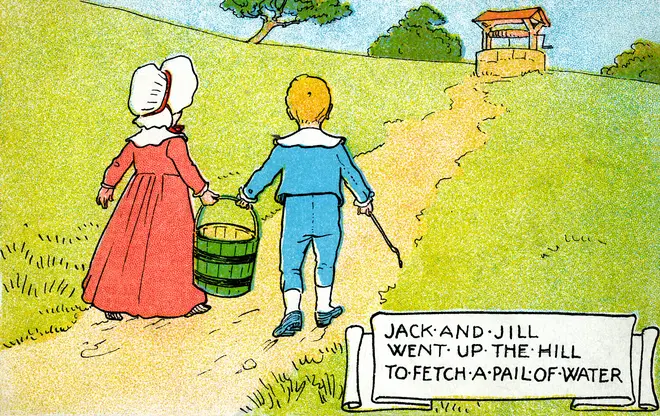
Were Jack and Jill real people?
Unlikely (although some theories suggest they are – see below). ‘Jack and Jill’ is historically a generic way of referring to a male and female pair.
“Jill” was originally spelled “Gill”, which is typically a boy’s name, in the earliest version of the rhyme.
What is the meaning behind the nursery rhyme?
That being said, there are some historic theories that connect the Jack and Jill in this nursery rhyme to real people who lived.
Some people say that a hill – dubbed ‘Jack and Jill Hill’ – in Kilmersdon, Somerset was the inspiration for the nursery rhyme.
According to the Kilmersdon story, Jack and Jill were a couple expecting a baby. As the lyrics passed down to us attest, Jack popped out to fetch water but had an accident on the hill and sadly died.
Jill experienced a heartbreak so severe that she passed away just after giving birth to her son. He was raised by the village of Kilmersdon, which erected a plaque dedicated to Jack and Jill in 2020, and the surname Gilson is apparently still common in the Kilmersdon area.
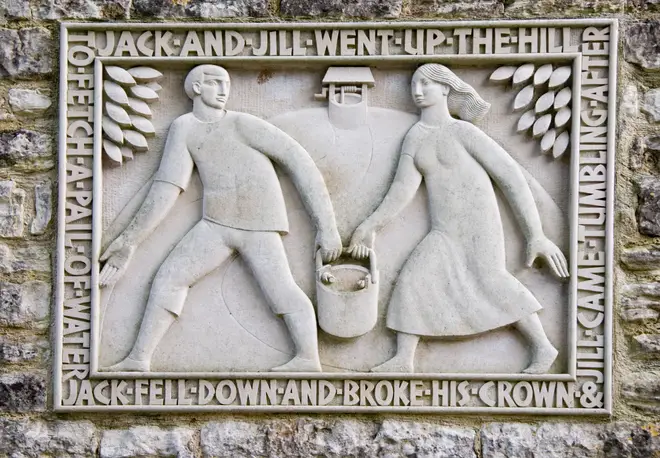
There’s another theory that ‘Jack and Jill’ might date from around 1510 and refer to the ministers of King Henry VII, Dudley and Empson, who were executed when Henry VIII ascended the throne.
Another quite fun theory, detailed in Albert Jack’s The Secret Meanings of Nursery Rhymes is that the rhyme satirises tax measures taken by King Charles I on beer – specifically reducing the volume but maintaining the cost in a Jack, which is a rather stingy eighth of a pint, and the Gill which is a quarter pint that “came tumbling after”.
Jack and Jill – full lyrics
Jack and Jill
Went up the hill
To fetch a pail of water
Jack fell down and broke his crown
And Jill came tumbling after.
Up Jack got
And home did trot,
As fast as he could caper;
Went to bed
To mend his head
With vinegar and brown paper.
























